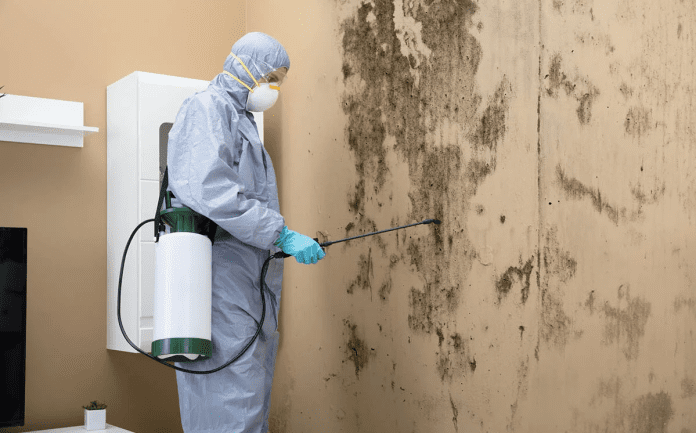Mold are simple microorganisms that are a natural part of the environment. They can be found almost anywhere, both in homes and outdoors, but usually in damp places like bathrooms and basements.
Mold travels in the air. They produce allergens and irritants, so touching or inhaling them may cause allergic reactions like sneezing, runny nose, red eyes, or a skin rash.
As a realtor, I usually get a lot of questions about mold. We had one client ask the following questions:
“Recently, I did a home inspection and the home inspector suspected some mold. There’s a lot of discrepancies about mold. I heard once that there’s always mold in the air, so how do you know if it’s the dangerous type of mold – if it is surface mold or the deeper level mold that causes health issues? Could you give a little explanation to us? How do you spot mold in a property? Could you smell it? Could only a home inspector test it? Does it need a special scanner to scan it?”
Here is what the experts from Whac-A-Mold had to say.
Expert Advice
There is always mold in the air and sometimes that is enough to be dangerous. Only by sending a surface or air sample to the lab can you know exactly what type of mold you have and then you’ll have more clarity whether it’s the more toxic type or not. Mold can be dangerous whether it’s in the air, surface level, or deeper – where it is doesn’t affect whether it is dangerous. It’s the type and amount that matters.
Some factors would be excess moisture, wet walls, more humidity in the air, and visible mold. In those cases, you can skip the mold assessment and contact a mold remediation company to remove and treat the affected areas.
Obviously, there are cases where there are no signs of mold other than how a person feels. Smell is not a confirming factor. Again, in order to determine if it’s mold, they will need to hire a mold assessor. He needs to come down and take air and surface samples to send to the lab. He will also take moisture readings to determine where the water is coming from and if there is still moisture in any areas that can become moldy if not taken care of properly. He will then write a full report on what needs to be done to make the home safe.
A home inspector normally can’t test for mold. You need a mold assessor’s license in order to do legal mold inspections.
FUN FACT
Some mold is good for your health. The most common example is Penicillium mold, the active ingredient in penicillin. Penicillin is widely used as an antibiotic and it is effective because Penicillium mold naturally kills many types of bacteria.



